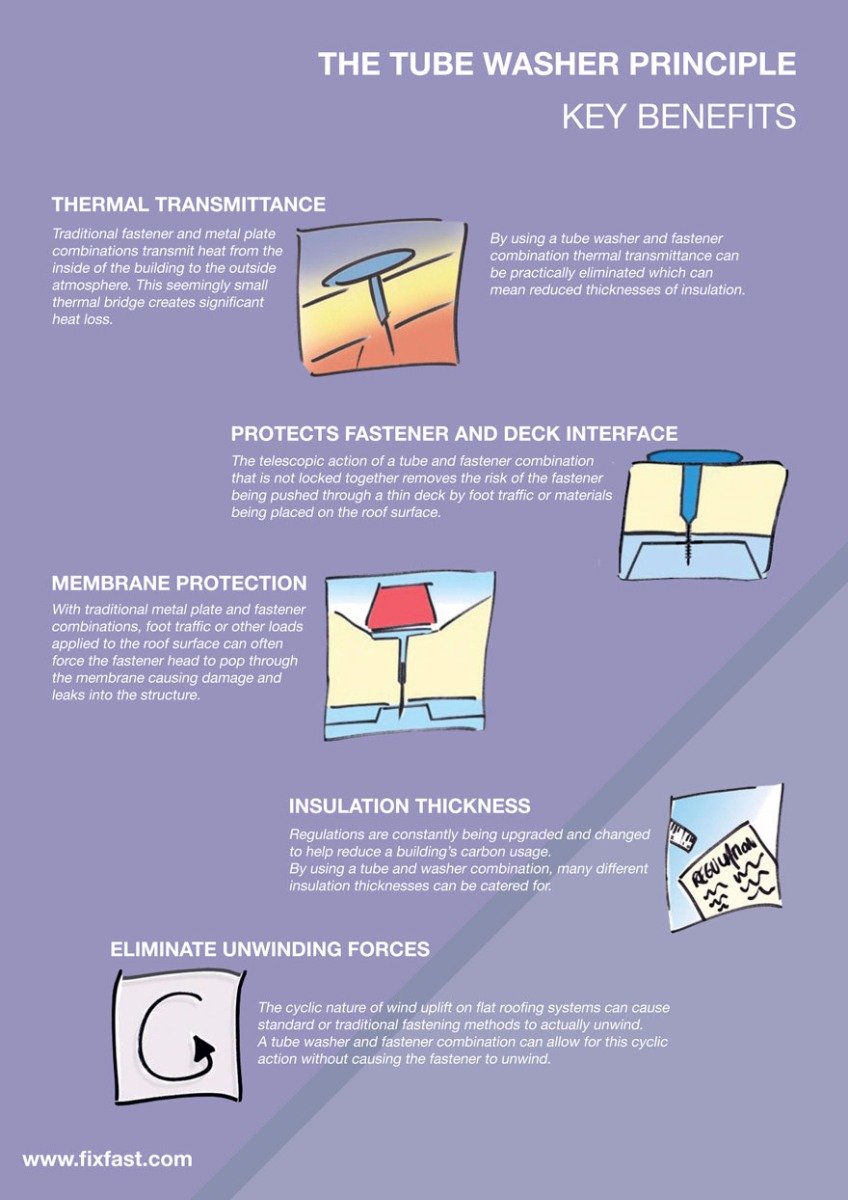Recognizing The Technology And Performance Of Solar Panels: A Beginner'S Intro
Recognizing The Technology And Performance Of Solar Panels: A Beginner'S Intro
Blog Article
Short Article Written By-Noonan Fink
So, you've found out about solar panels and their potential to produce electricity from sunshine, but exactly how specifically do they function? Understanding the complex modern technology behind solar panels can be a fascinating journey into the world of renewable energy. From the fundamental principles of photovoltaic cells to the detailed parts that compose a photovoltaic panel system, there's an entire world of understanding waiting to be explored. Allow's untangle the enigmas of photovoltaic panel innovation together.
Solar Panel Innovation Principles
To truly understand the essence of solar panel innovation, you have to look into the fundamental concepts that underpin its performance. Photovoltaic panel include photovoltaic cells, typically made from silicon, which have the exceptional ability to transform sunlight into electrical power with the photovoltaic or pv result. When sunshine hits the cells, the photons in the light interact with the silicon atoms, causing the electrons to break free from their atomic bonds. This produces an electric current that can after that be taken advantage of for powering various tools.
The key element of photovoltaic panels is the semiconductors within the photovoltaic cells, which facilitate the conversion of sunlight into usable power. These semiconductors have both favorable and adverse layers, producing an electric field that enables the circulation of electrons.
This circulation of electrons, when connected in a circuit, produces direct present (DC) electrical power. Understanding these fundamental principles is vital for appreciating how solar panels can harness the sunlight's power to power homes, businesses, and also satellites precede.
Just How Solar Panels Generate Electrical Energy
Solar panels harness the sun's energy by converting sunlight right into electrical power with a procedure referred to as the solar result. When https://solarcompanies31975.dm-blog.com/29430624/check-out-the-essential-treatments-for-assessing-your-roof-and-energy-needs-to-attain-an-effective-solar-installment-procedure hits the solar panels, the photons (light bits) are taken in by the semiconducting products within the panels, typically made of silicon. https://remingtonovcgm.atualblog.com/35425657/do-solar-installation-myths-stimulate-your-interest-disclose-the-facts-that-counter-common-misconceptions-and-uncover-the-countless-benefits-of-solar-power-for-your-house creates an electrical present as the photons knock electrons loosened from the atoms within the material.
home solar installation companies within the solar batteries then require these electrons to stream in a details instructions, producing a straight present (DC) of electricity. This direct current is after that passed through an inverter, which transforms it right into rotating existing (AC) electrical power that can be used to power your home or organization.
Read the Full Write-up generated by the solar panels can be kept in batteries for later usage or fed back into the grid for credit report via a procedure called web metering. Recognizing how photovoltaic panels generate electricity is critical to valuing the ecological and cost-saving advantages of solar power systems.
Comprehending Photovoltaic Panel Parts
One crucial element of solar panel innovation is recognizing the numerous parts that compose a photovoltaic panel system.
The key elements of a photovoltaic panel system consist of the solar panels themselves, which are composed of solar batteries that transform sunshine right into power. These panels are placed on a framework, often a roofing system, to capture sunshine.
In addition to the panels, there are inverters that convert the direct current (DC) electricity created by the panels right into alternating existing (A/C) electrical energy that can be made use of in homes or organizations.
The system likewise includes racking to support and position the photovoltaic panels for ideal sunshine direct exposure. Additionally, cables and ports are important for transferring the electricity generated by the panels to the electrical system of a building.
Lastly, a monitoring system may be consisted of to track the performance of the photovoltaic panel system and guarantee it's working efficiently. Recognizing these parts is vital for any person looking to mount or make use of solar panel innovation properly.
Verdict
Now that you understand the basics of photovoltaic panel innovation and exactly how it functions, you can appreciate the power of taking advantage of sunlight to produce clean and renewable resource for your structure. By using the solar effect and components like inverters and monitoring systems, you can add to a more lasting future while additionally possibly saving money on power expenses. Keep discovering and checking out the possibilities of solar energy for a greener tomorrow.
